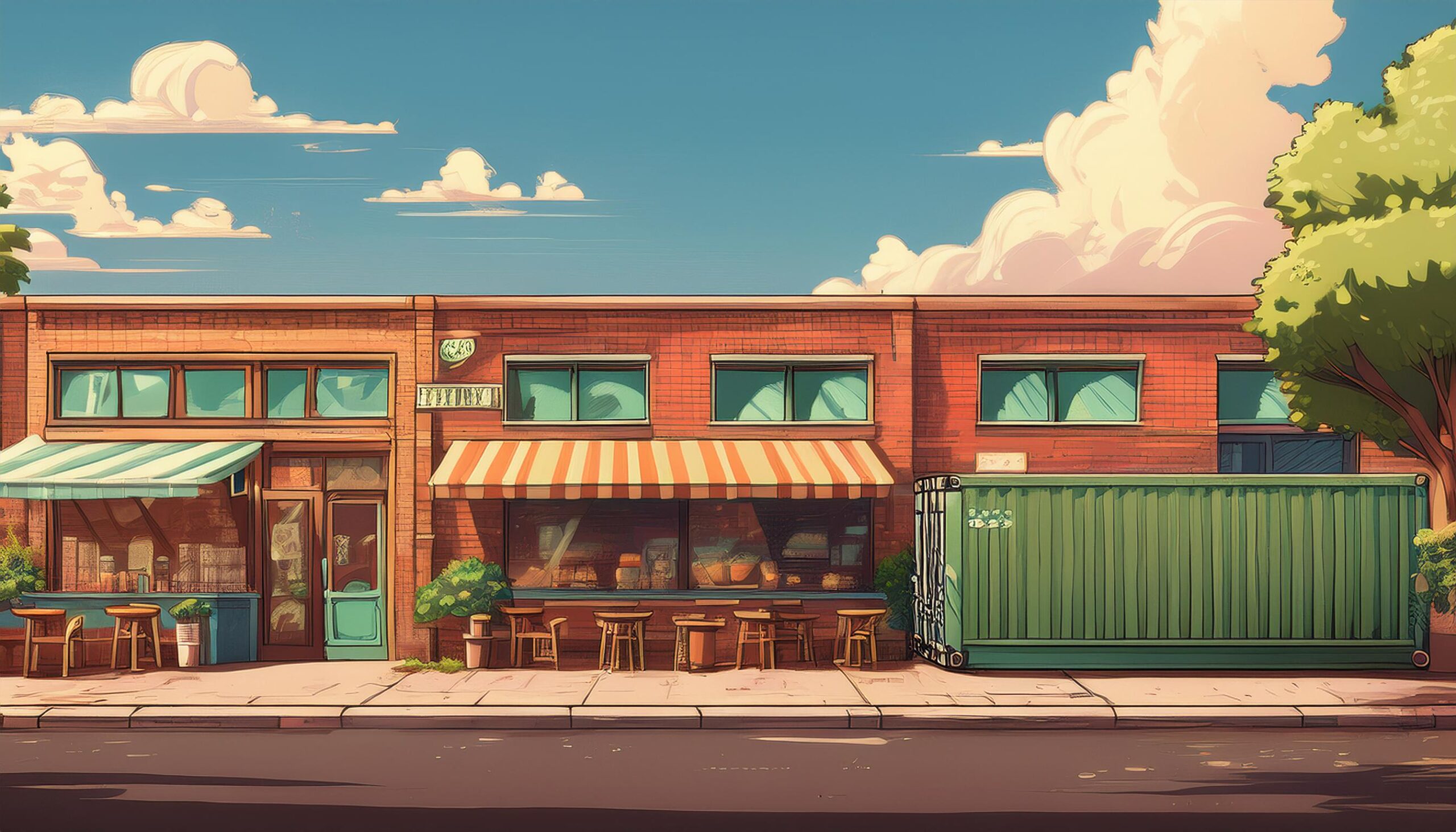I get a lot of requests for quotes from customers across the US outside of my service area of the New England states comprised of Rhode Island, Connecticut, Massachusetts, Maine, New Hampshire, and Vermont. I’ve written the following Buyer’s Guide To Purchase A Storage Container for customers both from within and outside of my service area. I’ve taken my experience purchasing hundreds of containers over the last six years and tried to simplify and condense it into the following guide. So whether you’re shopping for a container in my service area or somewhere across the US, hopefully, you’ll find this guide helpful.
Buyer’s Guide To Purchasing A Storage Container: The main use of steel shipping containers is to transport products across the oceans on cargo ships. Along the way, these rugged steel boxes are dented, scratched, scraped, and exposed to the harshest weather yet still protect the goods inside. That is why it has become common for businesses and residents from around the U.S. to buy shipping containers for use as ground-level storage at their home or place of business.
40′ As Is Storage Container
Price vs Condition – The price of a container is generally based on its age and condition. Keep in mind that price has more to do with the condition when it comes to pricing as it is somewhat commonplace to find, for example, a 10-year-old container that is in better condition than a 6-year-old container. The reasons for this are many but my best guess would have to be:
- Miles Traveled – By chance, some containers log more miles moving cargo while some spend more time in ports.
- Container Handling – Some containers are handled more roughly by crane and forklift operators. A container that is dented on the outside by careless crane operators will rust wherever paint is chipped. Forklift operators who load and unload the cargo from the interior of the container will sometimes dent the interior of the container with the forks of the forklift causing rust on the interior.
- Container Cargo – Did the cargo spill inside of the container soiling the floor?
- Environment – A cargo container that spent most of its time traveling on ships in mild climates will generally show less wear than a container that spent years traveling harsh climates. Imagine the beating a container would take on the North Sea during a winter storm?
- Road Transportation – Was the container damaged while being transported via tractor-trailer? The container in the picture to the left actually fell off of a truck while going down the highway. It was bought by me at a greatly reduced rate and resold to a customer who was looking for a bargain.
How Old Is This Container? – Generally, there are a couple of quick ways to tell how old a container are:
- Doors – Are the doors of the container flat or corrugated? Generally speaking, a container that has flat doors is an older container. Container manufacturers switched from flat doors to corrugated doors sometime around the early 1990s.
- CSC Plate – This is the plate affixed to the left-hand door of the container which has all of the container information listed on it. It’s akin to a VIN (Vehicle Information Number) on an automobile. On this plate will be listed the date of manufacture of the container.
What To Look Out For –
- Doors- Do they open and close easily? If you’re going into your container every day and you dread having to open and close the doors…you’ve bought the wrong container. However, if you rarely open your container and you get a deal on a container that doesn’t open and close easily, then the purchase may make sense for you. Two things to consider with doors are:
- Locking mechanisms – These are handles that you grab to unlock the container and the vertical rods that actually lock the container at the top and bottom of the container. If the rods or handles are bent, that could make the container hard to open and close. I’ve often seen containers that are relatively easy to open but difficult to close. Make sure to open and close the container yourself as opposed to the person selling you the container as they are generally pro’s at opening and closing difficult containers…! Also, be sure to open both doors. Not just the door on the right.
- Hinges – Once the doors are unlocked, can you easily swing the doors open? Once again…make sure to open both doors all the way.
- Roof – Inspect the roof of the container from the inside. Are there any dents and dings from the top down? If so, that’s where water will collect eventually causing rust to eat through the container. If you can, hop up onto the roof of the container and give it a look also. As on the inside, inspect for dents, dings, and scratches in the paint which will rust through the container roof. I’m not saying you shouldn’t buy a container with dents, dings, and scratches or rust on the roof…I’m merely stating that eventually, a hole will develop and that you should plan on addressing it eventually. It might be in a year or it might be in 5 years.
- Door Gaskets – Do the gaskets seal uptight? Keep in mind that containers are double gasketed and that often there will be a chunk taken out of the exterior gasket but the inner gasket will still be intact creating a watertight seal. One place to watch out for rust on the container is where the gasket is affixed to the door. Often rust will develop between the gasket and the door, especially at the bottom of the door.
- Lower Side Wall – Pay attention to the exterior sidewall of the container where it meets the flat portion of the steel beam at the bottom of the container. Water will often collect at that point causing rust to eat through the side of the container. I’ve generally only seen this happen on older containers.




